Guide to Nat Geo WILD'S 2018 SHARKFEST: Episode Guide, Fun Facts, Photos and More!
Mike Vicic - July 15, 2018
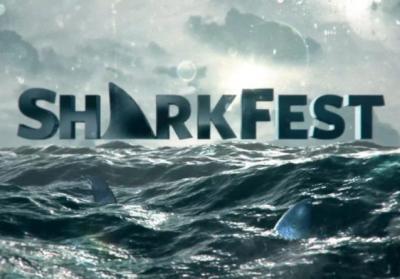
Nat Geo WILD's SHARKFEST is back this summer beginning Sunday, July 15, 2018 at 8pm with more teeth than ever! Get out of the water and into your living rooms, because Nat Geo WILD's sixth annual SHARKFEST gives viewers a whole extra week of fin-tastic good shark TV. With the latest insights from the top shark researchers, a comprehensive look at the many shark species in all their glory and two weeks of top shark shows. This year's SHARKFEST is the No. 1 destination for factual shark shows, with groundbreaking new behaviors caught on camera in new special “700 Sharks,” expert insights on why the world's most massive shark species congregate in one region called “shark central” off the coast of South Africa in “Big Sharks Rule,” a breakdown of why sharks are the apex oceanic predator in “Shark v. Tuna” and scientific analyses of shark attacks and why they occasionally mistake humans for prey in WHEN SHARKS ATTACK.
SIXTH ANNUAL SHARKFEST PREMIERE EPISODES
 |
When Sharks Attack: Mayhem in Mexico Premieres Sunday, July 15, at 8/7c Cancun is an ideal getaway, renowned for its beautiful beaches, fascinating culture and scenic landscapes. Usually a pristine location, the waters of Cancun suddenly becomes a hotspot for shark attacks between 2011 and 2013, with six attacks along its shores. Locals who have never seen an attack are baffled and hotels start to wonder what is putting their guests at risk. A community where shark attacks have never happened wonders, what could be the cause? Scientists put their heads together to figure out the cause behind the surge in attacks. |
 |
Shark vs. Tuna Premieres Sunday, July 15, at 9/8c Witness a clash of oceanic titans in the remote crystal-blue battlefields of Ascension Island. Yellowfin tuna and mako and tiger sharks are all apex predators, but to these sharks, yellowfin tuna are the ultimate prize. The tuna are often faster, fitter and bigger than the sharks, reaching well over 250 pounds. Any shark hunting these beasts needs brute strength and a little bit of luck to capture one. But when a third player enters the game, the scales tip. Who will win? |
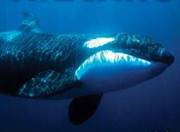 |
The Whale That Ate Jaws: New Evidence Premieres Sunday, July 15, at 10/9c The Whale That Ate Jaws examined an extraordinary incident that occurred at the Farallon Islands, 27 miles off San Francisco, in October 1997. A boatload of tourists witnessed the ultimate clash of the titans and caught it on tape. Two killer whales attacked and drowned a great white shark and ripped out its liver. The incident raised a lot of questions and left biologists mystified. Since then, there have been other attacks, some caught on camera. Now, we explore these new events and the fascinating science behind the killer whale's taste for shark meat and share some shocking revelations in The Whale That Ate Jaws: New Evidence. Experts weigh in to reveal astounding new discoveries in shark and whale behaviors. |
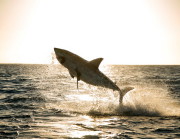 |
Big Sharks Rule Premieres Monday, July 16, at 9/8c It's an ocean of giants. South Africa has a dramatic, rocky coast that's raked by churning currents. Warm, cold, rich and murky water collide to create “shark central”, with enough food to sustain the biggest. Giant sharks like great whites, tiger sharks, bull sharks, ragged tooth sharks, and whale sharks all reign supreme in these waters. |
 |
700 Sharks Premieres Tuesday, July 17, at 9/8c Imagine diving into the ocean only to discover that you're surrounded by one of the largest shark frenzies on the planet. Well, that's exactly what these researchers did in the name of science. In Polynesia, the largest school of sharks — about 700 — patrols the waters en masse. Follow an international team of scientists as they study these magnificent creatures at night, when they are most aggressive, to discover their mysterious hunting strategies and social behaviors. The result: incredible new behaviors never seen before, or caught on camera. |
 |
Shark Kill Zone Premieres Wednesday, July 18, at 9/8c Sharks may be at the top of the ocean food chain, but catching a meal isn't always straightforward or easy. So how have these denizens of the deep ruled the oceans for so long? Design and adaptation. They must adapt to survive, which on occasion means bringing the feast closer to shore. Discover the surprisingly diverse ways sharks hunt and the solutions they've found to catching prey. Some wait in ambush, others slowly stalk their prey and still others chase at high speed. Whatever the technique, all sharks are exquisitely designed for their specialized roles as ocean predators.Scientists weigh in on the evolutionary ways in which sharks have fine-tuned their hunting skills and behaviors and reveal some incredible observations. |
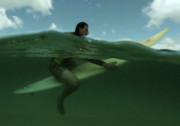 |
When Sharks Attack: The San Francisco Slayer Premieres Sunday, July 22, at 8/7c Just north of San Francisco lies a rugged coastline renowned for its picturesque cliffs and sandy beaches. But in 2004, this wilderness-lovers' dream became a nightmare when the area was stunned by four separate shark attacks over the course of six months. A team of investigators takes a closer look at what could be the cause of these mysterious and terrifying attacks and reveal the science behind what is driving them towards the crowded waters. |
 |
When Sharks Attack: Anatomy of a Shark Attack Premieres Sunday, July 22, at 9/8c Without a doubt, sharks are the most notorious and feared predators in the ocean. In recent years, the number of shark attacks around the world has risen, and understanding how these predators think and behave is more important than ever. Experts break down stories from shark attack survivors, and the science behind shark behaviors and attack methods, to reveal how to handle an attack. |
| Nat Geo WILD's supersized SHARKFEST also includes special encores of SHARKFEST's past hit specials, which will continue to air in primetime through Friday, July 27. Nat Geo WILD's SHARKFEST aims to raise awareness about these incredible animals that depend on a healthy planet in order to survive. As part of its overall effort to protect Earth, National Geographic recently launched Planet or Plastic?, a multiyear initiative to reduce the amount of single-use plastic polluting our world's oceans. Doing so not only will benefit the thousands to potentially millions of marine animals that become entangled in, are suffocated by or ingest plastic each year, but will also contribute to the overall health of the planet's marine ecosystems and all who rely on them. To learn more about the Planet or Plastic? Initiative, visit NatGeo.com/planetorplastic |
|
|
|
|
|
SHARKFEST 2018 EXPERTS
|
|
|||
|
Dr. Greg Skomal (General Shark Expert) |
|||
 |
Expert on great white sharks, and sharks found off the coast of the U.S. |
||
|
|
|||
|
Dr. George Burgess (General Shark Expert) |
|||
 |
Director, International Shark Attack File |
||
|
|
|||
|
Laurent Ballesta (Expert for "700 Sharks") |
|||
 |
Biologist and Naturalist Photographer Head of Fakarava 2017 Research Mission |
||
|
|
|||
|
Meaghan McCord (Expert for "Big Sharks Rule") |
|||
 |
Founder and Director, South African Shark Conservancy |
||
|
|
|||
|
Dr. Chris Lowe (Expert for "Shark vs. Tuna") |
|||
 |
Professor of Marine Biology and Director of the Shark Lab at Cal State, Long Beach |
||
SHARK FACTS
| General Shark Knowledge | |
|
|
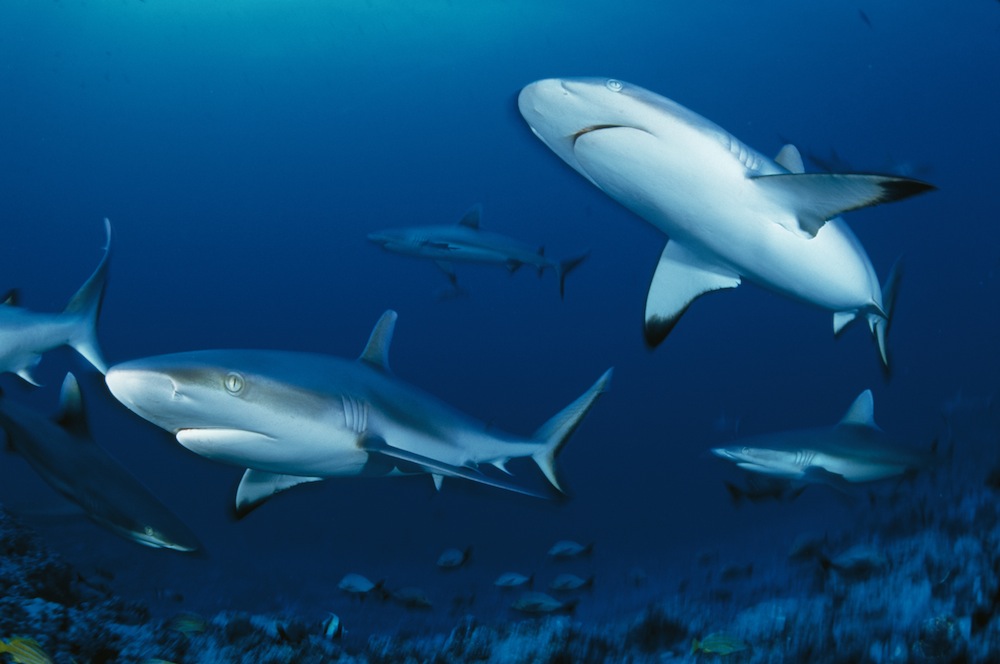 |
|
| Shortfin Makos | |
|
|
| Blue Sharks | |
|
|
| Tiger Sharks | |
|
|
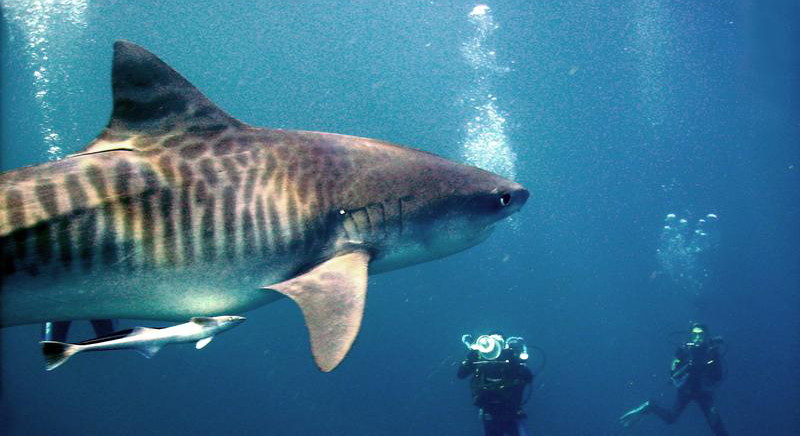 |
|
| Bull Sharks | |
|
|
| Great White Sharks | |
|
|
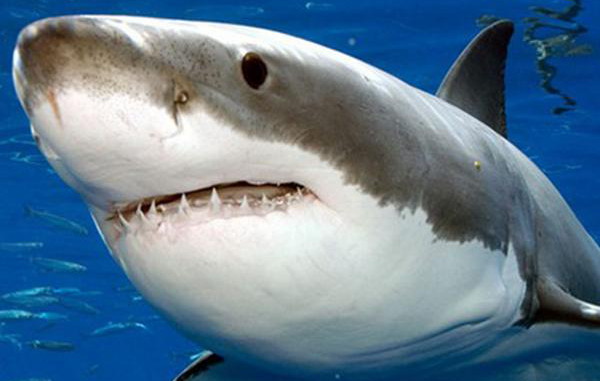 |
|
